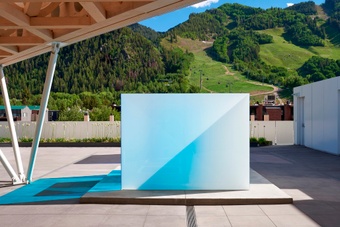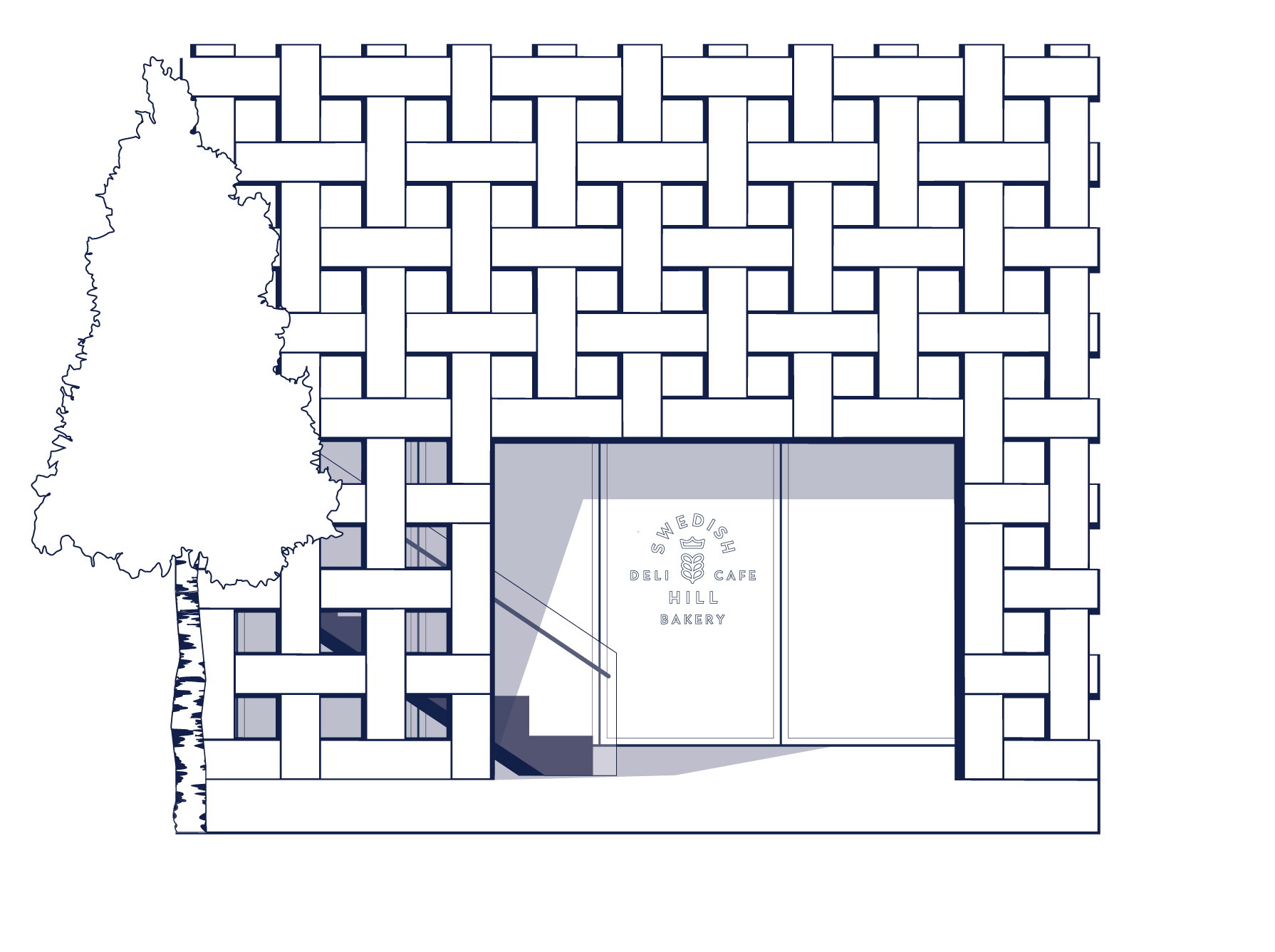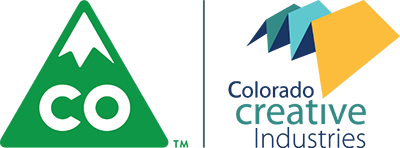Aspen Art Museum
- Categories
- All events
- Talks and Lectures
- Member Events

- For more information on how you can join the AAM, please visit the Street Level Visitor Information Desk, inquire in the Shop, or call 970.925.8050.

- Swedish Hill Aspen is open on our Rooftop from 8AM–3PM

- Aspen Art Museum is an artist-founded institution dedicated to supporting artists in the development of bold ideas to shape our museum and the field of art today.
Related Media
Related Artists
Open Studio: A Collection of Art-Making Ideas by Artists
About Open Studio
Open Studio makes contemporary art education accessible to educators and students around the world by offering a collection of classroom activities created by noted international artists. The activities cover a wide range of materials, media, and subject matter, and can be tailored to students of all ages.
This project was originally conceived by Los Angeles–based artist Mark Bradford for the J. Paul Getty Museum and has since expanded to the Aspen Art Museum and the San Francisco Museum of Modern Art.
About the Artist
Gabriel Rico was born in 1980, in Lagos de Moreno, Mexico, and lives and works in Guadalajara. He studied at the Instituto Tecnológico y de Estudios Superiores de Occidente, Guadalajara. Rico is a sculptor and installation artist working in the Arte Povera tradition. His current practice explores relationships between humanity and the natural world. Rico’s most recent exhibitions have taken place at Arizona State University Art Museum, Tempe, the Power Station, Dallas, Gyeonggi Creation Center, Ansan-do, South Korea, and the Fundación CALOSA, Irapuato, Mexico.
Background
This workshop directly engages with Aspen residents, specifically with students from schools in Pitkin County as well as nearby counties. As an artist, it is important for me to consider how my practice can connect different ways of thinking and different types of people. It is also vital that the museum offers artists opportunities to explore new ways of working with the public, who, in turn, not only become our work, but also provide a special way of seeing our work.
This workshop focuses on the technique of collage, which I consider to be similar to architecture (which is what I studied). Collage and architecture are based on the same principles: mixing different aspects in order to achieve a unique form that balances aesthetic and structural elements. For example, to build a building, you need to mix water, sand, cement, bricks, cables, etc. I use the same approach to make my work—mixing different materials like neon, brass, found materials, rocks, branches, etc. These elements come together to create a work of art.
Activity
This activity is ideal for ages seven and older.
Gather the following materials:
• One sheet of recycled or white card stock per participant (at least 8 x 10 inches)
• Scissors
• Glue
• Magazines. Try to provide magazines on various themes such as nature, travel, sports, etc. (recycled or old magazines are better)
• Colors that work well on paper, such as crayons or markers.
This workshop will take approximately an hour.
Process
Begin with a brief discussion about the process and concepts referenced in the “Background” section. Talk about the concept of balance within art, explaining that balance is an equal distribution of elements, including color, pattern, and shapes.
Next, have students look around the classroom for the following elements: colors, patterns, and shapes. Make a group list of five components under each element. Invite students to search the magazines to find and cut out approximately ten images that relate to the various elements on the list.
Once the students have cut out their magazine clippings, ask them to arrange the clippings on the paper to create balance. Ask students to divide the paper in half and place cool colors (green, blue, and purple) on one side and warm colors (red, yellow, and orange) on the other. Then, within each half, challenge students to find other ways to create balance and harmony. Once they feel ready, they can paste the clippings and add color through crayons or markers.
Finish by inviting students to hang the work on the wall as if it were a group exhibition. First, have students pair up to share their favorite parts about one another’s work. Then, ask each of the participants to share the intention of their collage with the entire group.
AAM education programs are made possible by the Questrom Education Fund. Additional funding in 2018–19 is provided by the Laffey-McHugh Foundation.
AAM exhibitions are made possible by the Marx Exhibition Fund. General exhibition support is provided by the Toby Devan Lewis Visiting Artist Fund. Support for Gabriel Rico’s exhibition is provided by Cecilia and Ernesto Poma. Additional support is provided by the AAM National Council.
Related Exhibition
free courtesy
Amy & John Phelan
- Aspen Art Museum
- 637 East Hyman Avenue
- Aspen, Colorado 81611
- t: 970.925.8050
- f: 970.925.8054
- info@aspenartmuseum.org
| Hours |
|
Tuesday–Sunday, 10 AM–6 PM
Closed Mondays
|
© 2024 Aspen Art Museum
General operating support is provided by Colorado Creative Industries. CCI and its activities are made possible through an annual appropriation from the Colorado General Assembly and federal funds from the National Endowment for the Arts.



General operating support is provided by Colorado Creative Industries. CCI and its activities are made possible through an annual appropriation from the Colorado General Assembly and federal funds from the National Endowment for the Arts.















